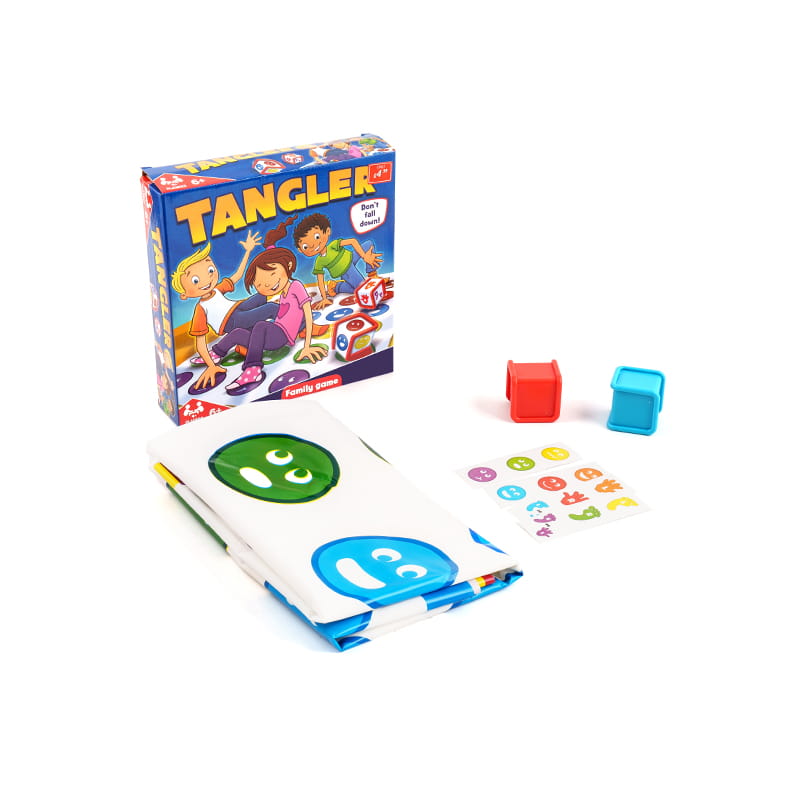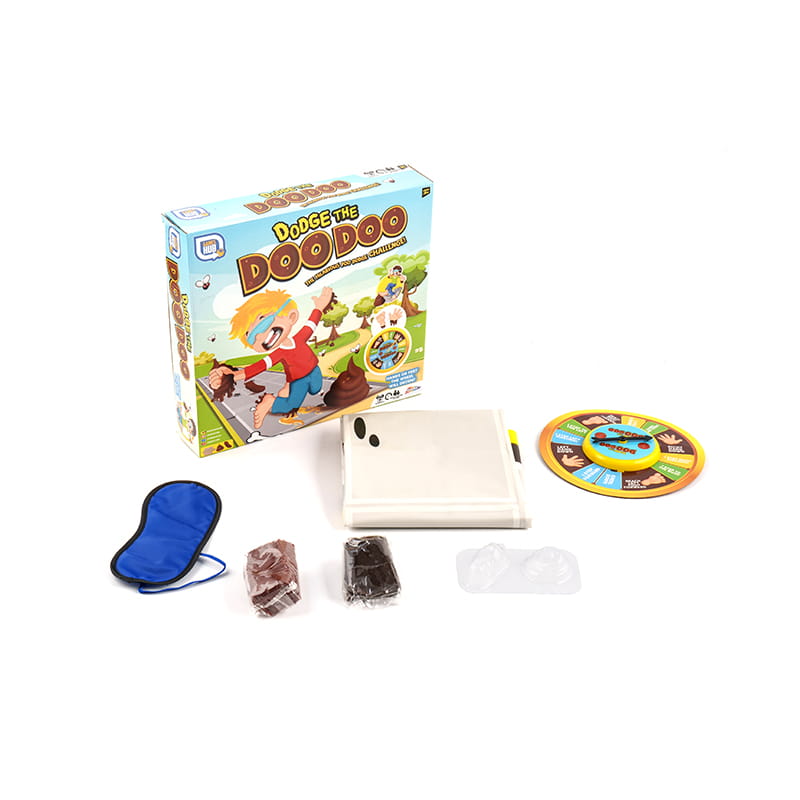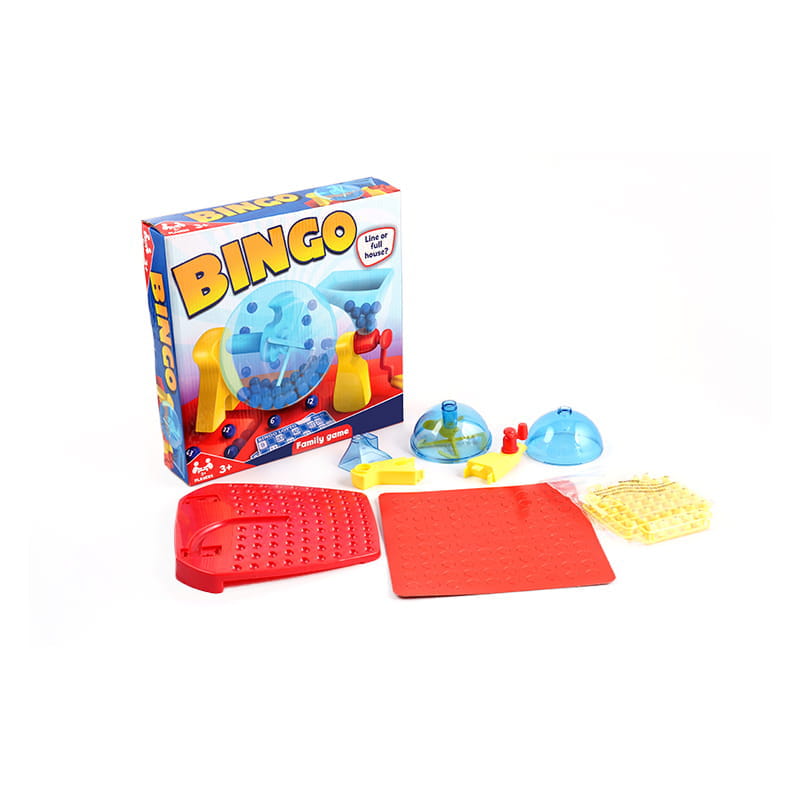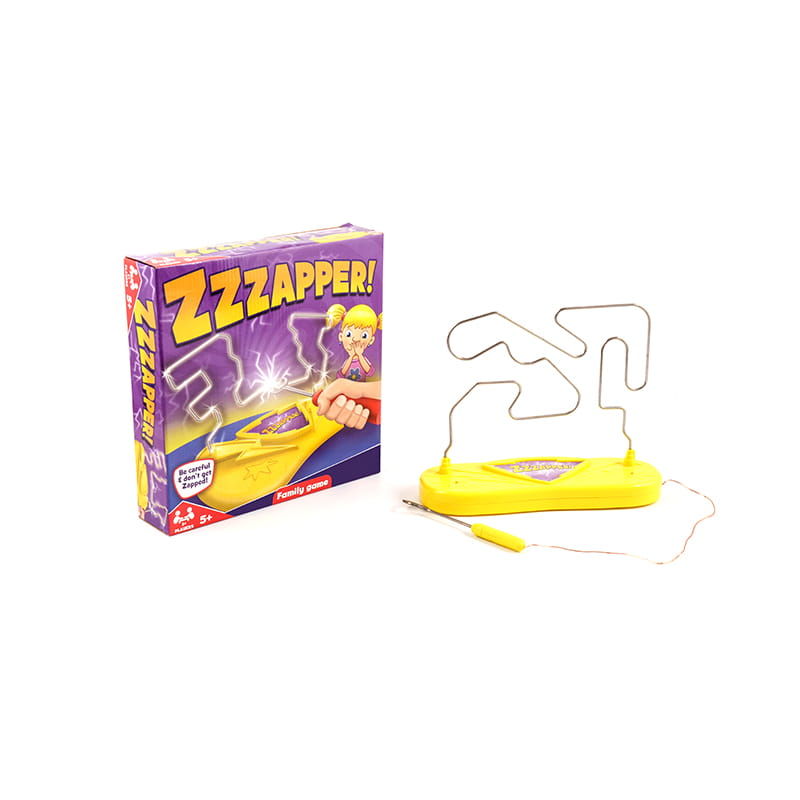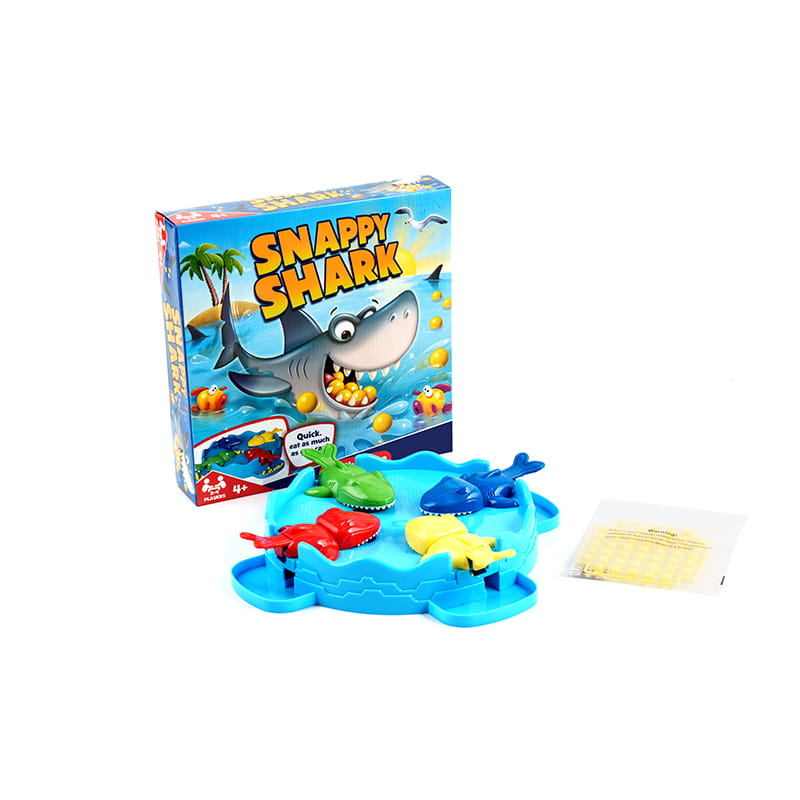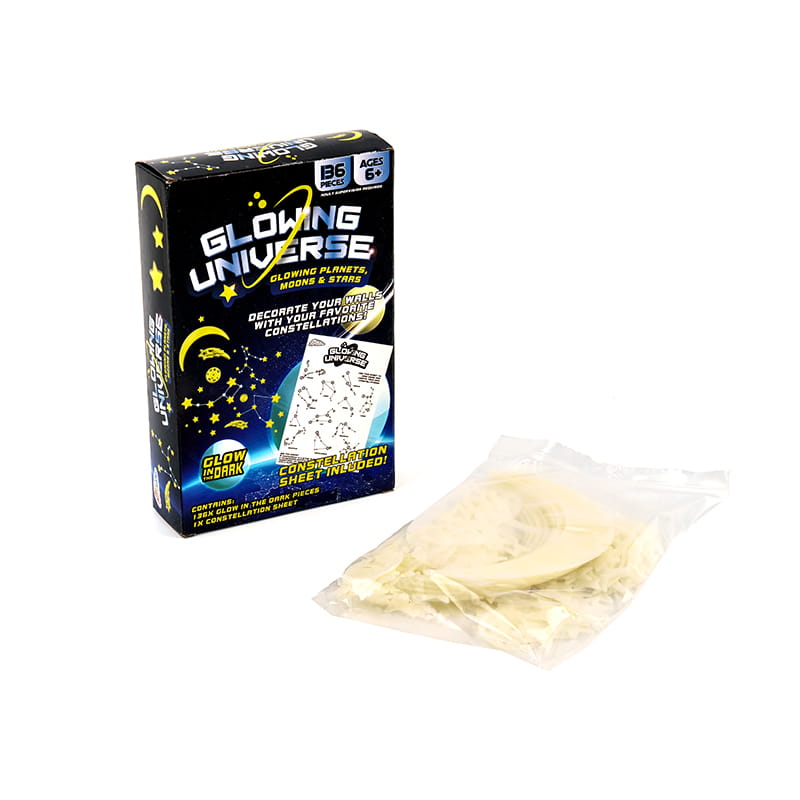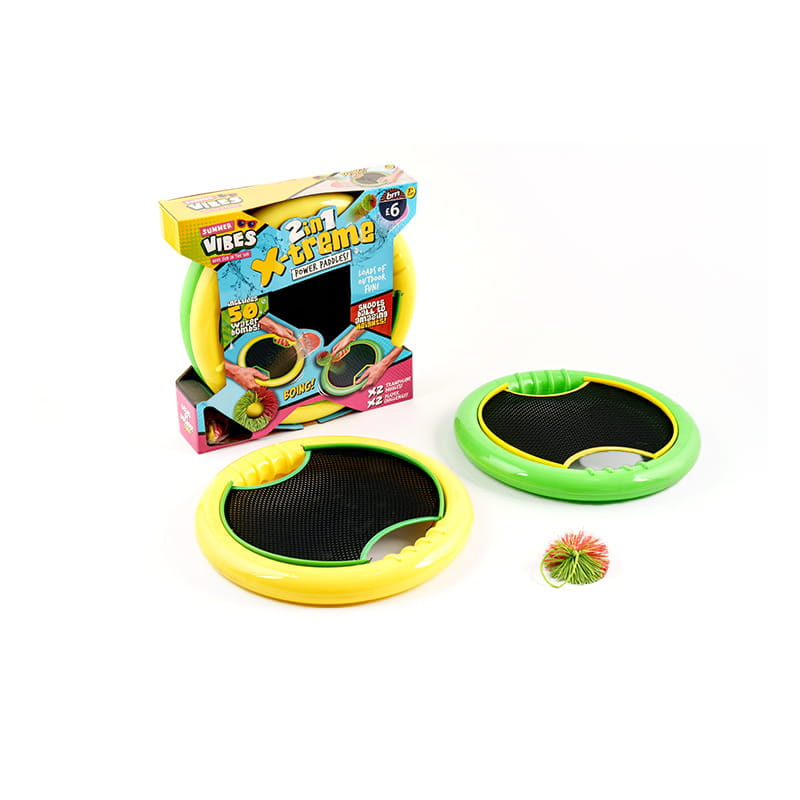- Type:
- Industry News
- Date
- 2025-Apr-17
How can Children's Plastic Hula Hoops be used in physical education programs and playground activities?
Children's Plastic Hula Hoops are far more than simple toys — they are versatile, engaging tools that bring energy and creativity to physical education programs and playground activities. These lightweight, colorful hoops not only provide hours of fun but also play a valuable role in promoting physical development, coordination, and teamwork among children. Their flexibility in both structured and free-form play makes them an ideal addition to schools, parks, and recreational centers.
In physical education programs, Children's Plastic Hula Hoops serve as practical resources for developing a variety of physical skills. Traditional hula hooping itself enhances core strength, balance, and rhythm as children work to keep the hoop spinning around their waist, arms, or legs. Beyond this classic use, instructors incorporate these hoops into obstacle courses, relay races, and target games. For instance, hoops can be laid on the ground as agility rings for children to jump in and out of, promoting coordination and lower-body strength.
Teachers often design group games involving Children's Plastic Hula Hoops to encourage teamwork and communication. Activities like "hoop pass," where a group of children holding hands must pass a hula hoop around the circle without breaking the chain, foster problem-solving skills and camaraderie. Similarly, hoops can be used as makeshift goals, markers, or boundary lines for a variety of imaginative games tailored to different age groups and fitness levels.
On playgrounds, Children's Plastic Hula Hoops invite spontaneous and creative play. Kids naturally invent their own games, using the hoops for everything from pretend steering wheels to hopscotch rings. This type of unstructured play supports cognitive development and social interaction while allowing children to express themselves freely. The hoops’ lightweight construction ensures that even younger children can handle and maneuver them safely.
Another advantage of using Children's Plastic Hula Hoops in both playground and physical education settings is their adaptability to inclusive play. Their open-ended design means they can be easily adjusted for different abilities, allowing all children to participate regardless of skill level. Teachers and recreation leaders can modify games by altering hoop size, placement, or rules to suit various physical capabilities and group dynamics.
Moreover, Children's Plastic Hula Hoops are excellent tools for promoting health and fitness in a way that feels like play, reducing the intimidation often associated with formal exercise. Regular use of hula hoops encourages cardiovascular activity, muscle toning, and flexibility. Their use in dance and rhythmic movement sessions also boosts body awareness and coordination, which are essential foundations for more advanced physical activities as children grow.


 English
English
 English
English 中文简体
中文简体